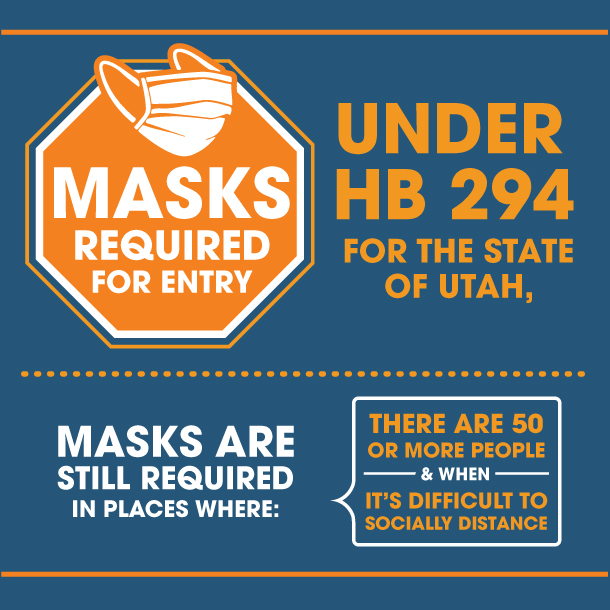PROVO, Utah – Almost four years after Utah business mogul Gail Miller and her family vowed to match up to $10 million in donations for Utah’s three new homeless resource centers in the Salt Lake area, that match has officially been met.
Shelter the Homeless, the nonprofit that owns the homeless centers, announced Wednesday that its Home4Change campaign to match the $10 million, dollar-for-dollar Miller grant reached that milestone, 18 months after the centers began operating.
“Here we are, a year and a half into operation, and we did it,” Laurie Hopkins, executive director of Shelter the Homeless, told the Deseret News on Wednesday. “We reached the $10 million mark and have been able to bring all of these resources into the system, and it has really buoyed (the resource centers’) impact.”
Hopkins said Shelter the Homeless is “really grateful to the community for the broad support” that has come through the Home4Change push.
“It was everything from little kids giving us a few dollars from their allowance, to corporate sponsorships of hundreds of thousands of dollars,” she said.
The Home4Change campaign resulted in 1,688 individual donations from the community, ranging from $5 to more than $1 million, according to a news release. They totaled over $10.1 million.
With the Larry H. and Gail Miller Family Foundation match, contributions to homeless resource centers totaled more than $20 million.
Other big donors included Intermountain Healthcare, The Church of Jesus Christ of Latter-day Saints, 7-11 Corp., C. Scott and Dorothy E. Watkins Charitable Foundation, Warren P. King, Bank of America, Fredrick H. Barth Foundation, UPS Foundation, Rocky Mountain Power Foundation, Salt Lake County and Salt Lake City.
“We are so grateful for everyone who joined with our family in supporting this new approach to combating homelessness in our community,” Gail Miller, owner and chairwoman of Larry H. Miller Group of Companies, said in a prepared statement. “Seeing the Homeless Resource Centers evolve from concept to successful operation that helps change lives and serve the homeless has been one of the most fulfilling experiences of my career.”
The donations — as they’ve poured in — have been and will continue to be used to support ongoing operations and services at the Geraldine E. King Women’s Resource Center and the Gail Miller Resource Center located in Salt Lake City, as well as the Men’s Resource Center in South Salt Lake.
Since all three new Homeless Resource Centers began operating, they’ve served more than 5,000 individuals, with more than 37% of clients transitioning into permanent housing, temporary housing, or connecting with other systems such as addiction and mental health services, according to Shelter the Homeless.
The funds will continue to help pay for “the most basic needs” for people experiencing homelessness, including 24/7 security, transportation, meals and medical care inside the centers, Hopkins said.
None of the donations will be used for Shelter the Homeless’ outstanding debt for construction, Hopkins said. The nonprofit took out a nearly $18 million loan — after previously seeking about $21 million — from Salt Lake County.
Currently, that loan balance is down to about $16 million, Hopkins said.
“We are fundraising separately in order to make those payments,” she said. “It’s an ongoing capital campaign rather than for services.”
The $10 million Miller match was an “enormous push” that had an “impact beyond anything we could have done if we were fundraising without their support,” Hopkins said. Now, however, the challenge is to keep up that momentum.
“The thing is, it’s expensive to run these resource centers, and we want to make sure the community knows that we need continued support around this issue,” she said. “People are still struggling. … We need to keep going.”
Hopkins said in order to maintain that momentum, Shelter the Homeless will likely turn its attention to partnering with the state and newly appointed state homeless coordinator former Sen. President Wayne Niederhauser for focus on the next initiative, whether that’s establishing a winter overflow shelter, building more-affordable housing or whatever comes next.
“We’re going to continue to have attention on this issue, and we’ll rise to the next challenge,” she said. “I think it will just depend on what is considered the next priority.”






